Fraxinus americana
White ash gets its name from the thousands of papillae on its leaves, giving the leaves a white tinge best seen from the underside of the leaf. Check out these really cool leaf peels where you can see the papillae!
The white ash can be found all over Michigan, maybe even in your backyard! Across the US there are an estimated 8 BILLION ash trees. iNaturalist is a really great resource to make your own observations or see other’s, pinpointing white ash trees on the map.
Ash trees like the white ash are critically endangered. Millions of ash have been killed by the invasive, non-native emerald ash borer, first discovered in SE Michigan in 2002. EAB larvae laid on the tree eat away at the bark, killing the tree. For more info, visit: http://www.emeraldashborer.info/
We hope you enjoyed reading a bit and learning about the white ash! For ash trees conservation is more important than ever to save them from extinction. Read about it here from Indigenous Landscapes.
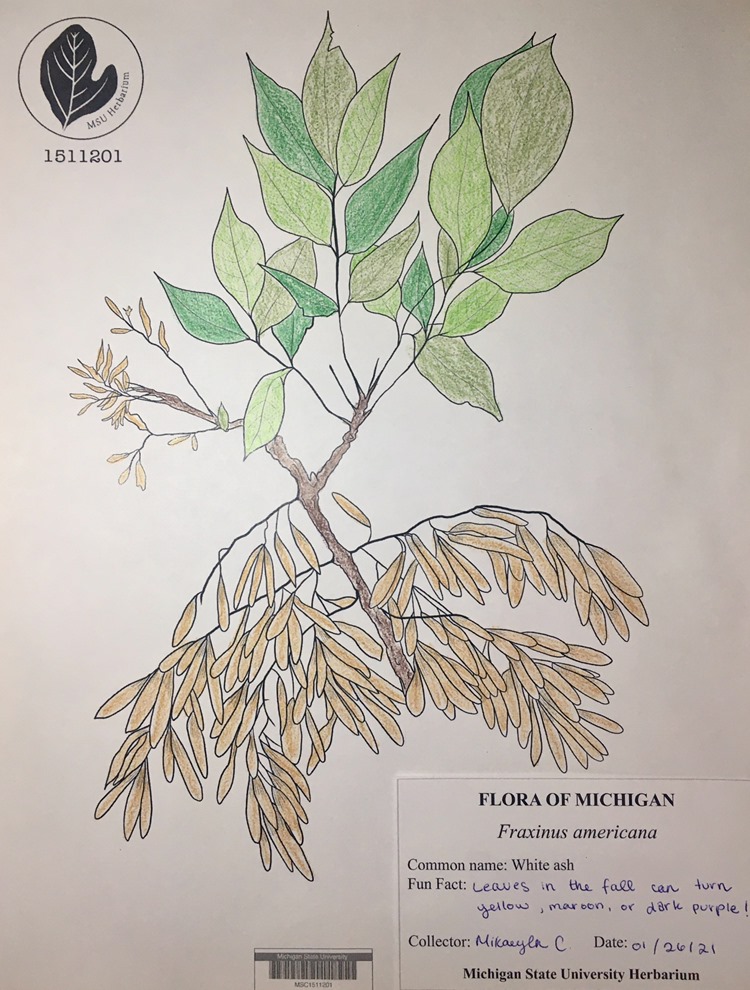 |
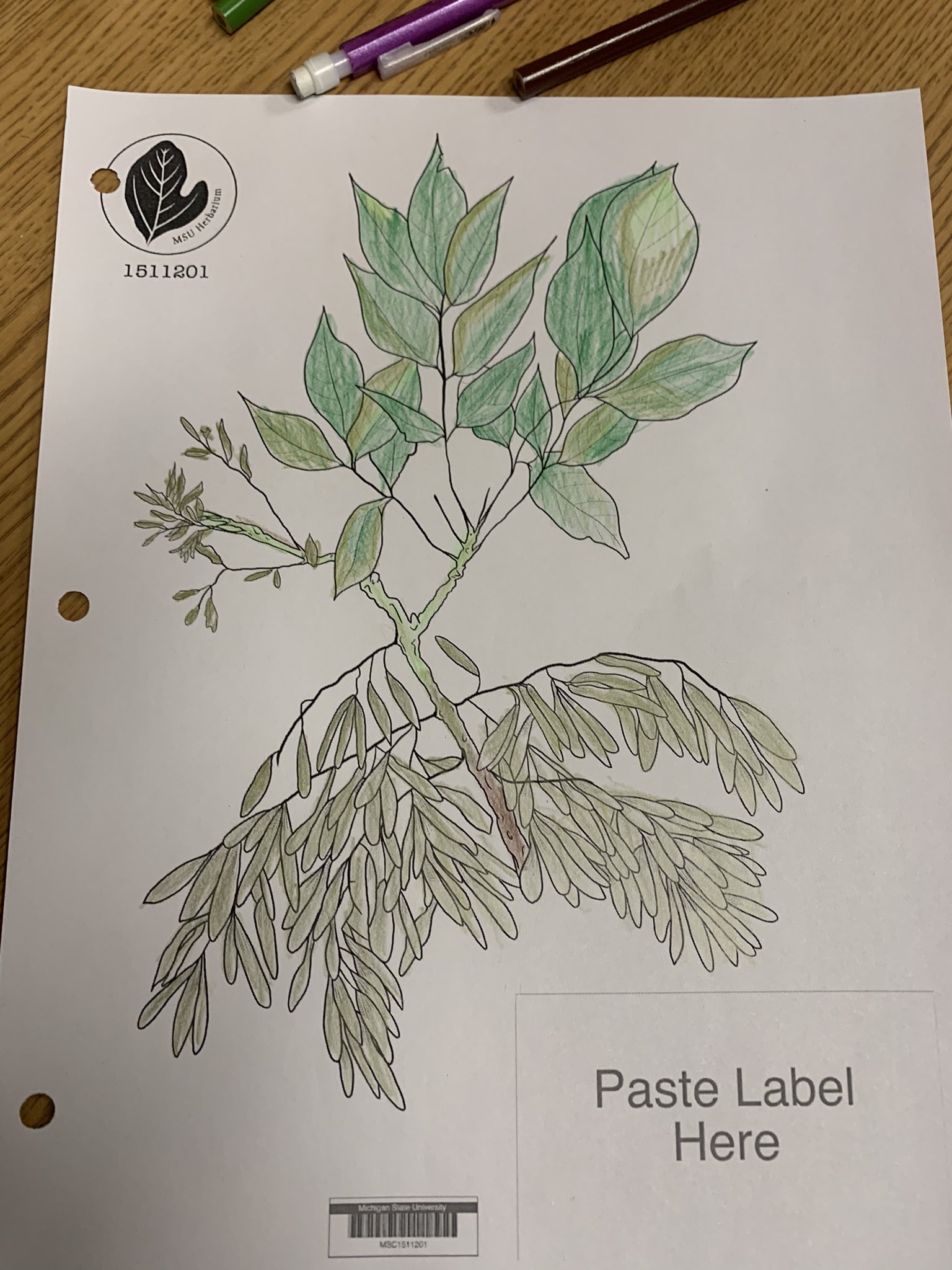 |
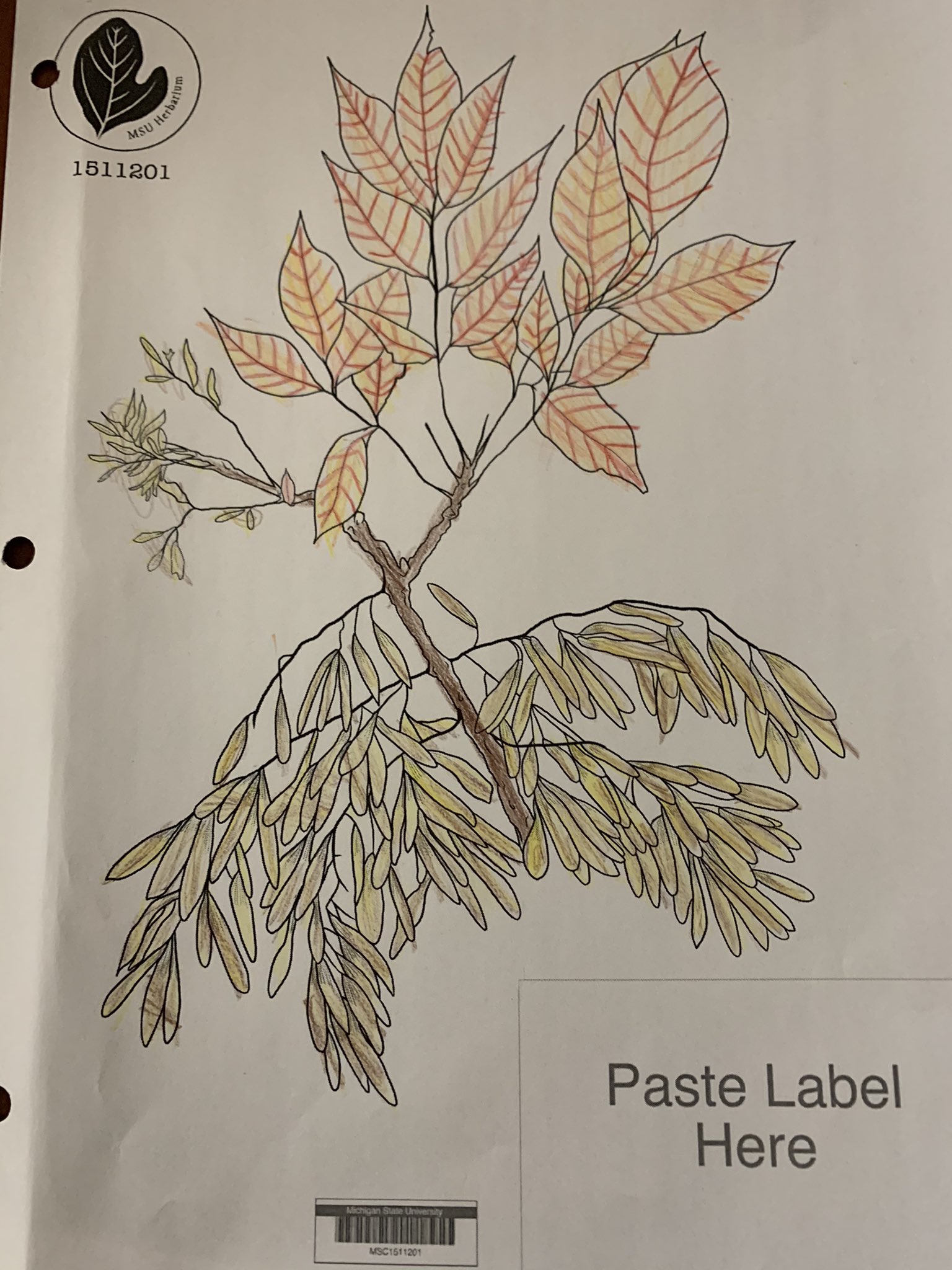 |
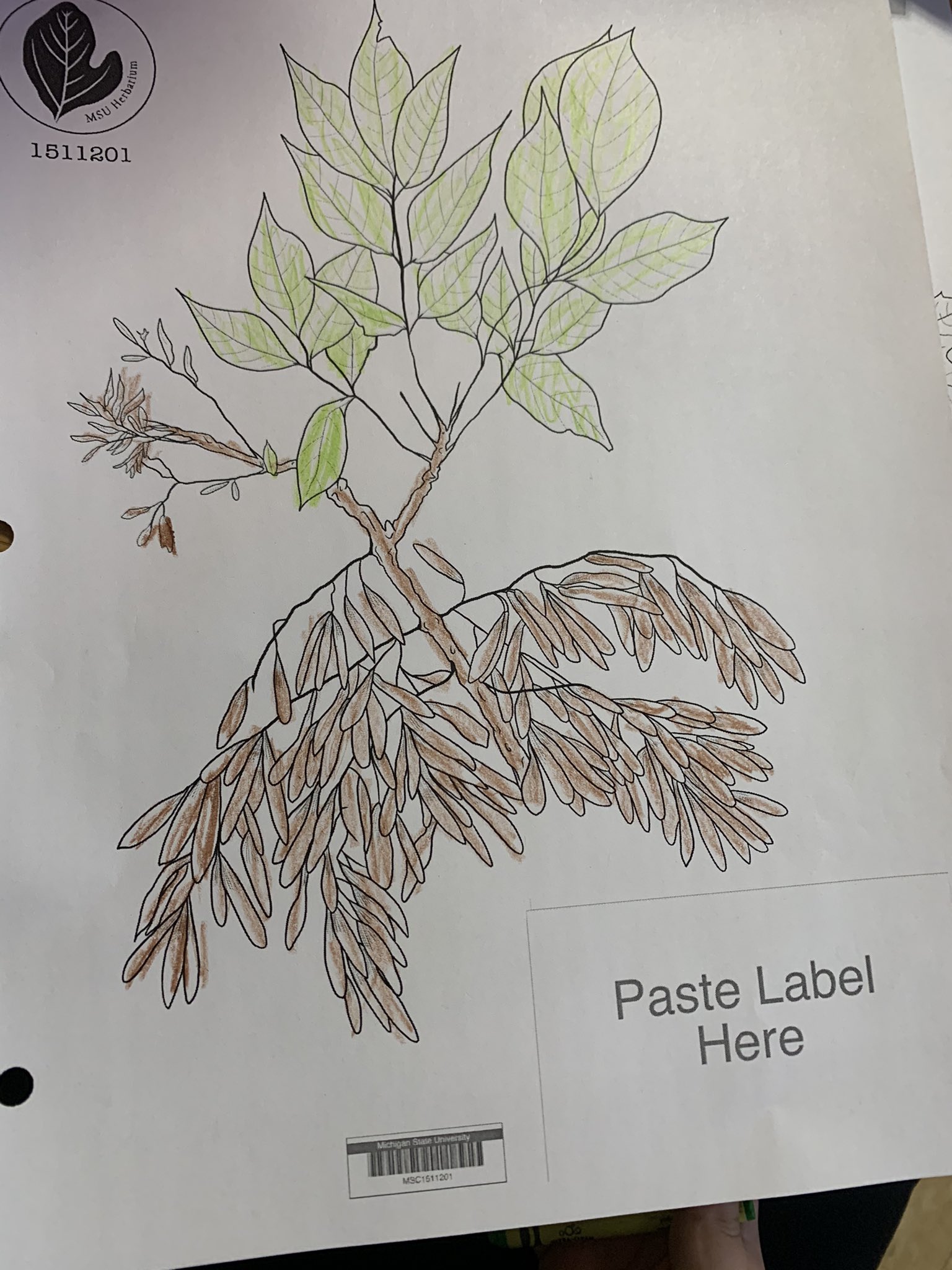 |
 |
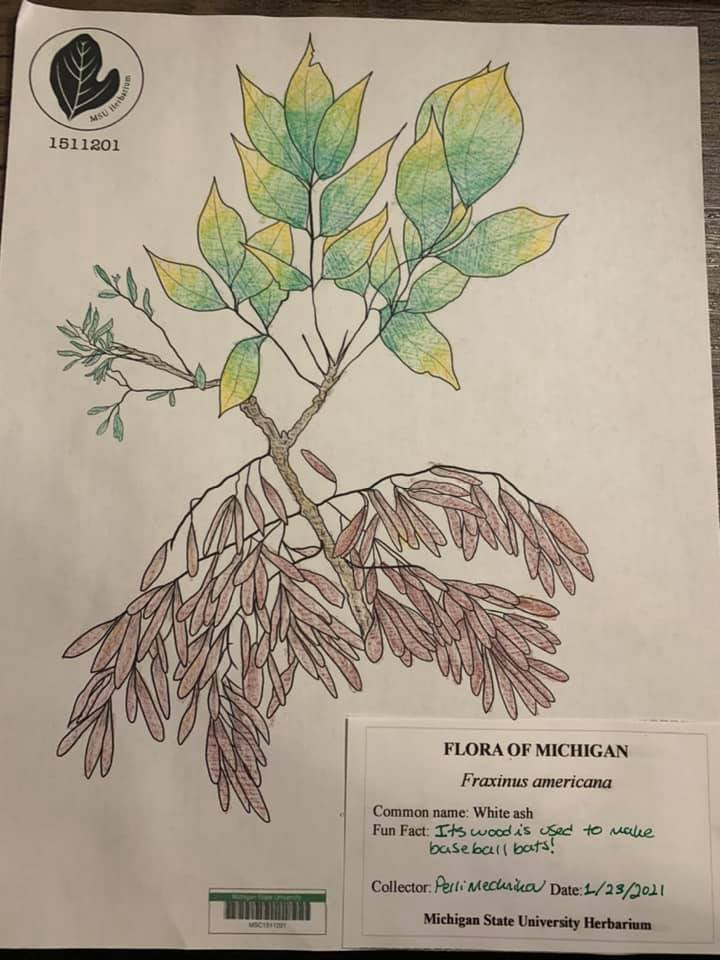 |
 A Fraxinus americana specimen from the Michigan State University Herbarium's collection. One of the specimens
used to create Page 1 of Michigan Trees. A Fraxinus americana specimen from the Michigan State University Herbarium's collection. One of the specimens
used to create Page 1 of Michigan Trees. 100X microscope image of a Fraxnius americana leaf peel, showing the many thousands of papillae and ridges connecting them. 100X microscope image of a Fraxnius americana leaf peel, showing the many thousands of papillae and ridges connecting them.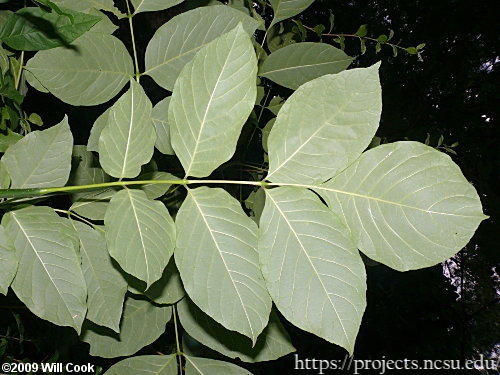 The backside of Fraxinus americana leaves where you can best observe the white tinge that the leaves have from the many
papillae. The backside of Fraxinus americana leaves where you can best observe the white tinge that the leaves have from the many
papillae. 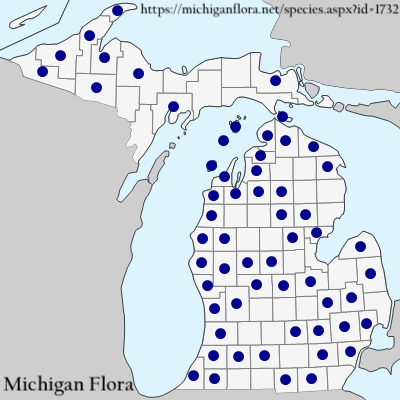 A distribution map of Michigan indicating the counties in which Fraxnius americana has been documented. A distribution map of Michigan indicating the counties in which Fraxnius americana has been documented.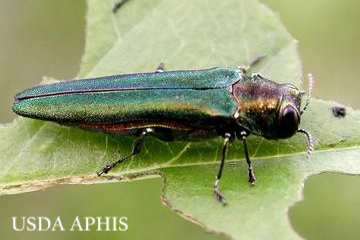 The invasive, non-native emerald ash borer which has been destroying ash tree populations
for over a decade. The invasive, non-native emerald ash borer which has been destroying ash tree populations
for over a decade. |